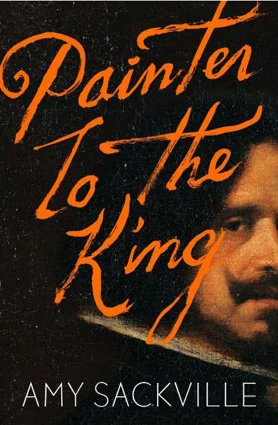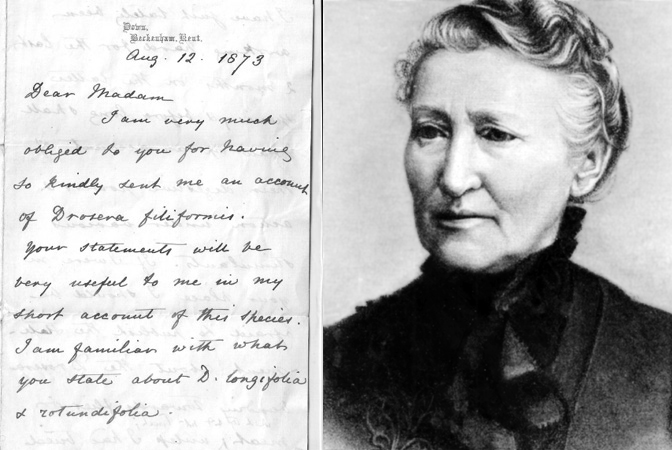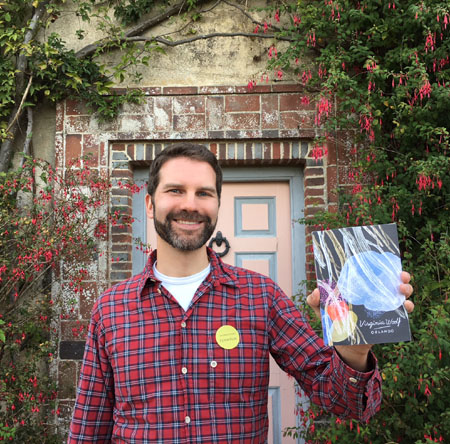No doubt Niviaq Korneliussen’s debut novel will catch many people’s eye for the novelty that its young author is from Greenland, but its real appeal and power resides in its diversity of assertive young voices. The narrative follows five different characters whose romantic and familial entanglements with each other produce moments of self-revelation and big life changes over a night of drinking and partying in the city of Nuuk, Greenland’s capital. “Crimson” is heavily inflected with Greenlandic and Danish language, references and culture, but its themes of young adults trying to come to terms with their gender and sexuality have a much more global outlook. The characters communicate with each other through Facebook and SMS text messages, sum up their moods in hashtags and search Google for answers to life’s questions. These are young people you could meet anywhere in the world. I found it poignant how the characters corner themselves into moments of intense self-reflection through these intensely private and confessional forms of electronic communication. In this virtual space they gradually sift through ways of being to discover who they really are and what they really want. By relating their different points of view in a finely-orchestrated succession, Korneliussen builds an engaging story with many revelations and forms a picture of a modern generation in microcosm.
This novel was first published in its native language with the title “Homo Sapienne” in 2014, but has now been translated into English. It’s just been published in the UK under the title “Crimson” but the American publication in January 2019 will publish it with the title “Last Night in Nuuk”. The UK title no doubt arose from the song ‘Crimson and Clover’ by Joan Jett and the Blackhearts which in the story plays in the bar on the night in question and is referenced several times throughout the text. The song’s dream-like quality and expression of spontaneous sensual intimacy amidst emotional confusion sums up the tone of the novel quite well. I’d have projected this book would take on a kind of cult status a generation ago, but it feels like its decidedly queer perspective will have a much more mainstream appeal today. I can imagine many kinds of young people relating to it and many mature people appreciating it. It’s not so much a novel that recognizably comes from a Nordic literary tradition, but from that of a new generation. It’s more in line with a novel such as “Conversations with Friends” by Sally Rooney which is an Irish novel that doesn’t carry many hallmarks which make it specifically Irish. There’s something exciting about an emerging literary movement which isn’t restrained by national borders and alights on common experiences mediated through the digital world.
The five different characters may share a kind of frenetic energy and express different forms of queer experience, but each voice is quite distinct in its timbre and point of view. The opening section is narrated by Fia whose rapid-fire train of thought sparks with intriguing moments of reflection: “I make up my mind because death won’t leave my mind. There has always been something missing here.” She finds it challenging to articulately sum up how her desire can be defined and instead humorously relates her abrupt break with her boyfriend by stating “My thoughts make no sense. I’m simply tired of sausages.” Fia’s brother Inuk wrestles more combatively with issues of sexuality and national identity to show how deeply ingrained traditions die hard.
Later in the novel, the character of Ivik is more assertive in volleying back society’s confusion so as not to limit how he’s defined: “I was an enigma to my friends. They didn’t know which box to put me in. When they began to question me, I began to question them. I began to question why they called me into question. My parents, siblings and family began to be uncertain about me. They were uncertain about who I was. Since my family were uncertain about me, I began to be uncertain about myself. I was uncertain about why they were uncertain about me.” I enjoy how this string of logic takes on a musical quality in its repetition of words. But it’s also really powerful in how it shows the inner dialogue which takes place in response to being made to feel like a social outcast or oddity. I found it especially striking how Korneliussen captures Ivik’s emotional confusion in how physical barriers arise from sexual contact.
When the novel arrives at the final perspective of Sara it’s striking how the story takes on a much more hopeful tone. Throughout “Crimson” the characters must naturally stumble through a lot of messy drunkenness and unwieldy sexual encounters to gain insight into their own motivations. Sara discovers profundity and solace in the pleasure of really knowing oneself: “Being alone isn’t all bad. It’s enough that somebody loves you and you love somebody. If you love yourself, you’re not lonely when you’re alone.” Korneliussen is a welcome new voice in global fiction not because of the specifics of her geography, but because she captures so perceptively and vividly the expansive heart of a new generation.

























